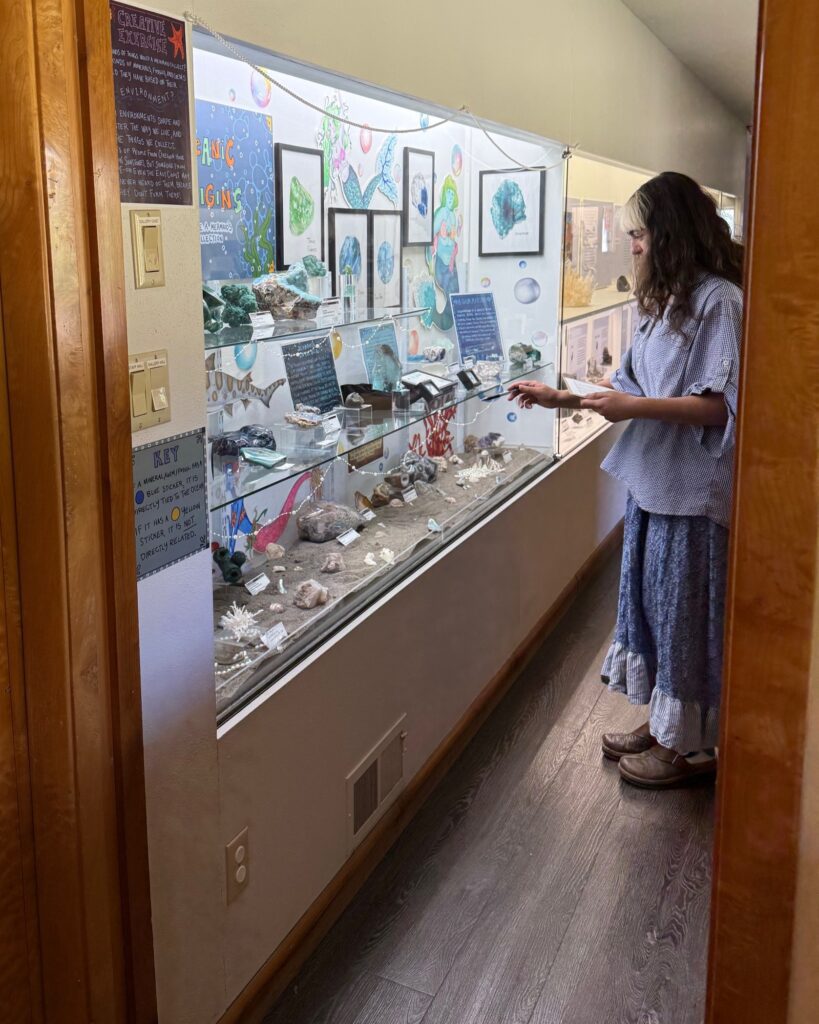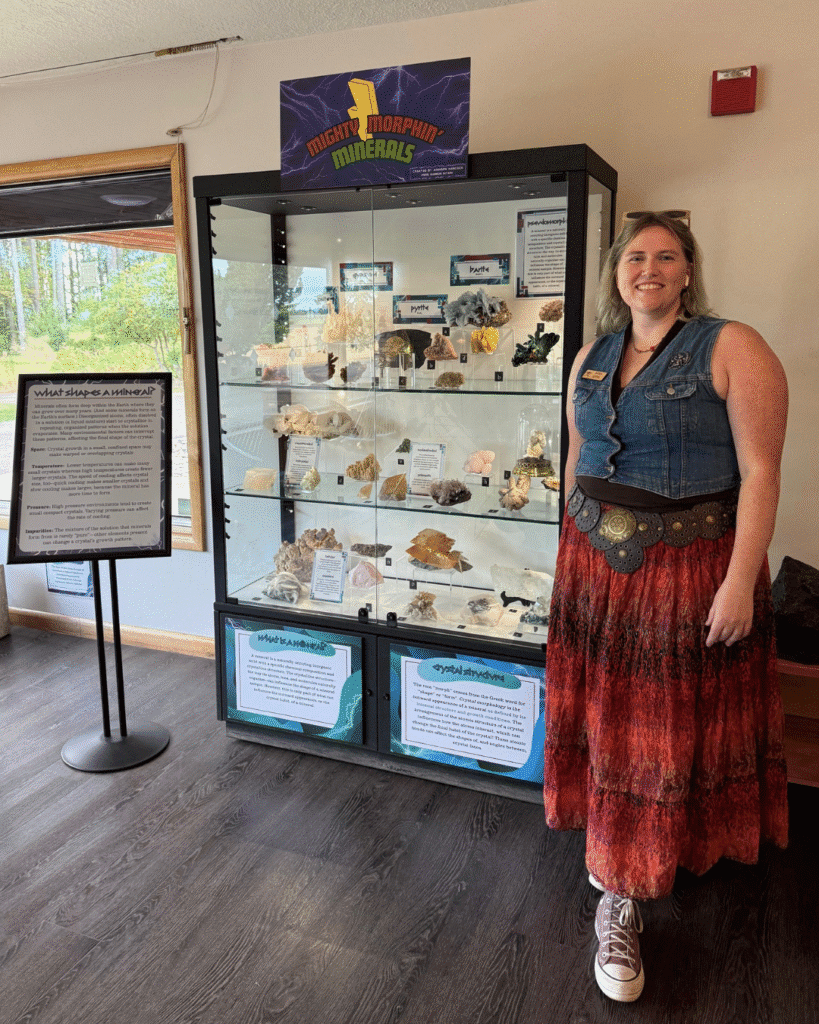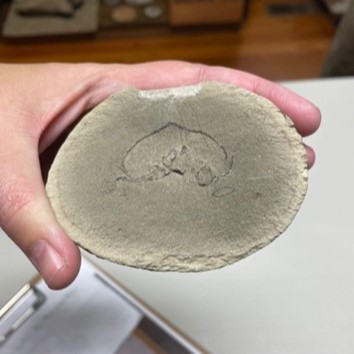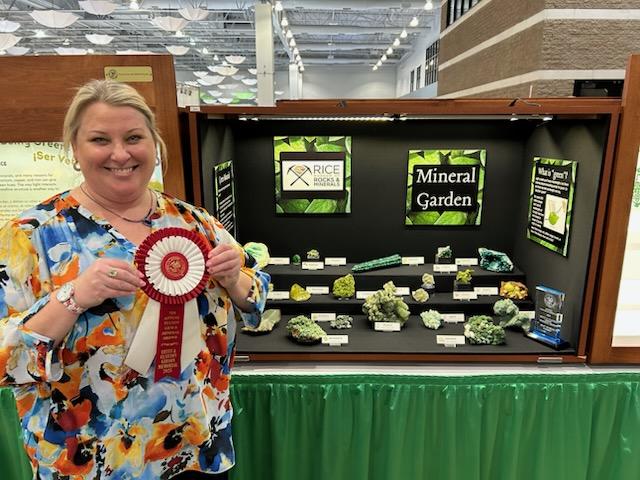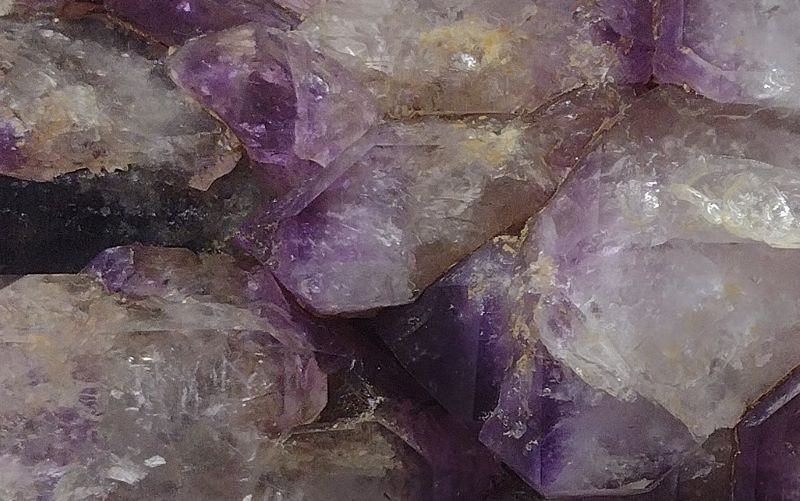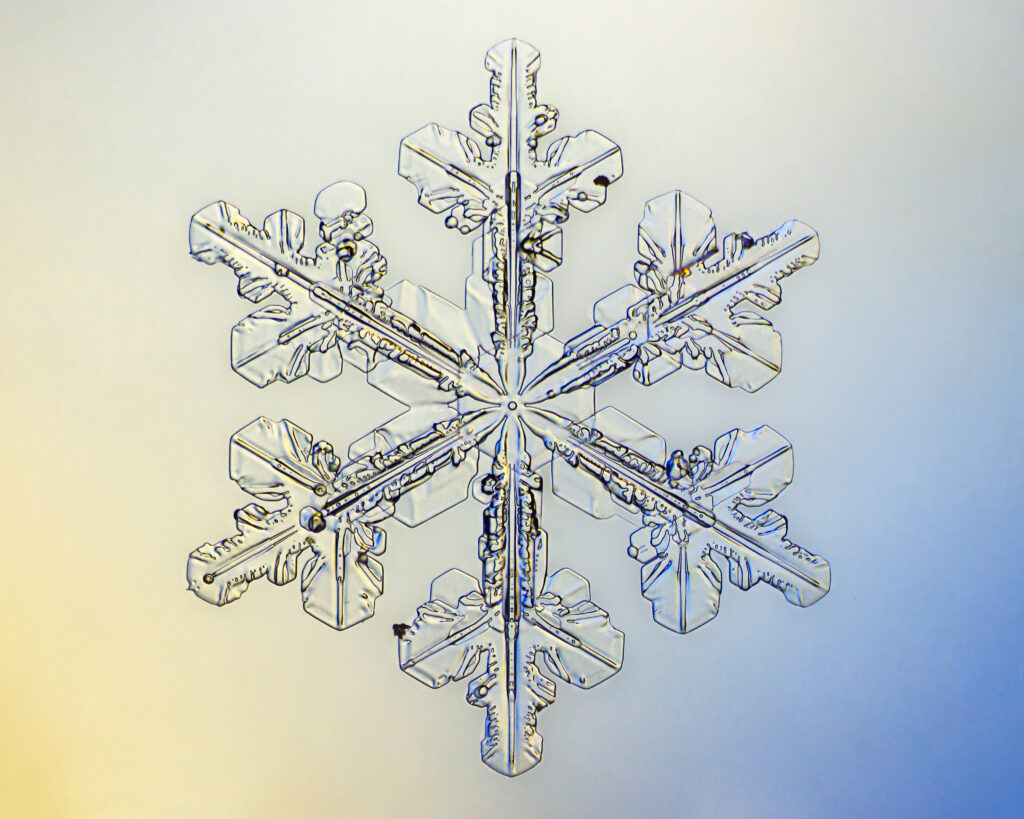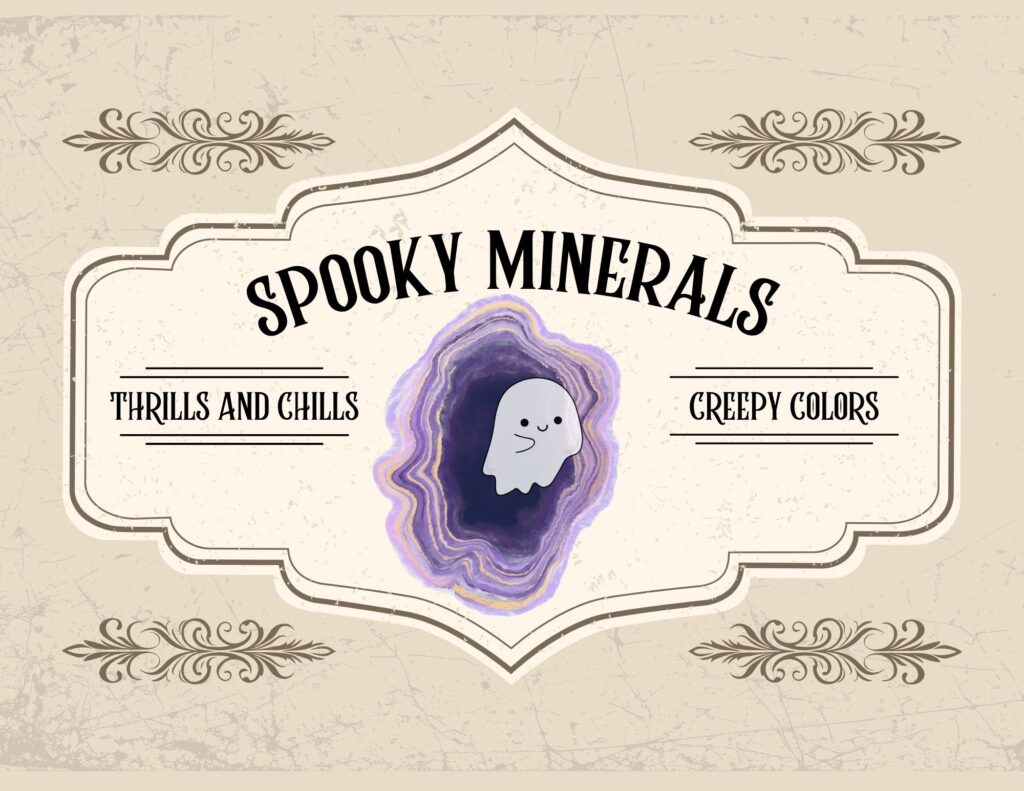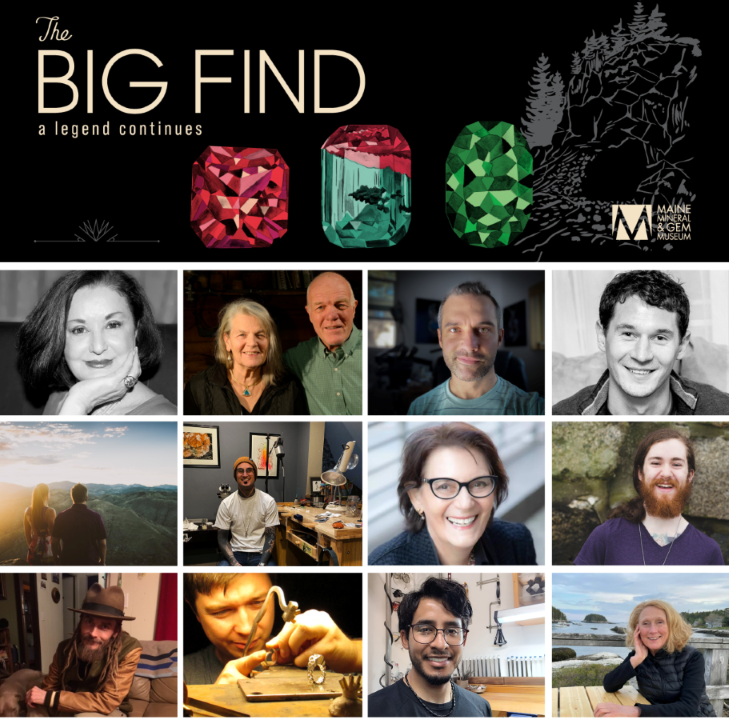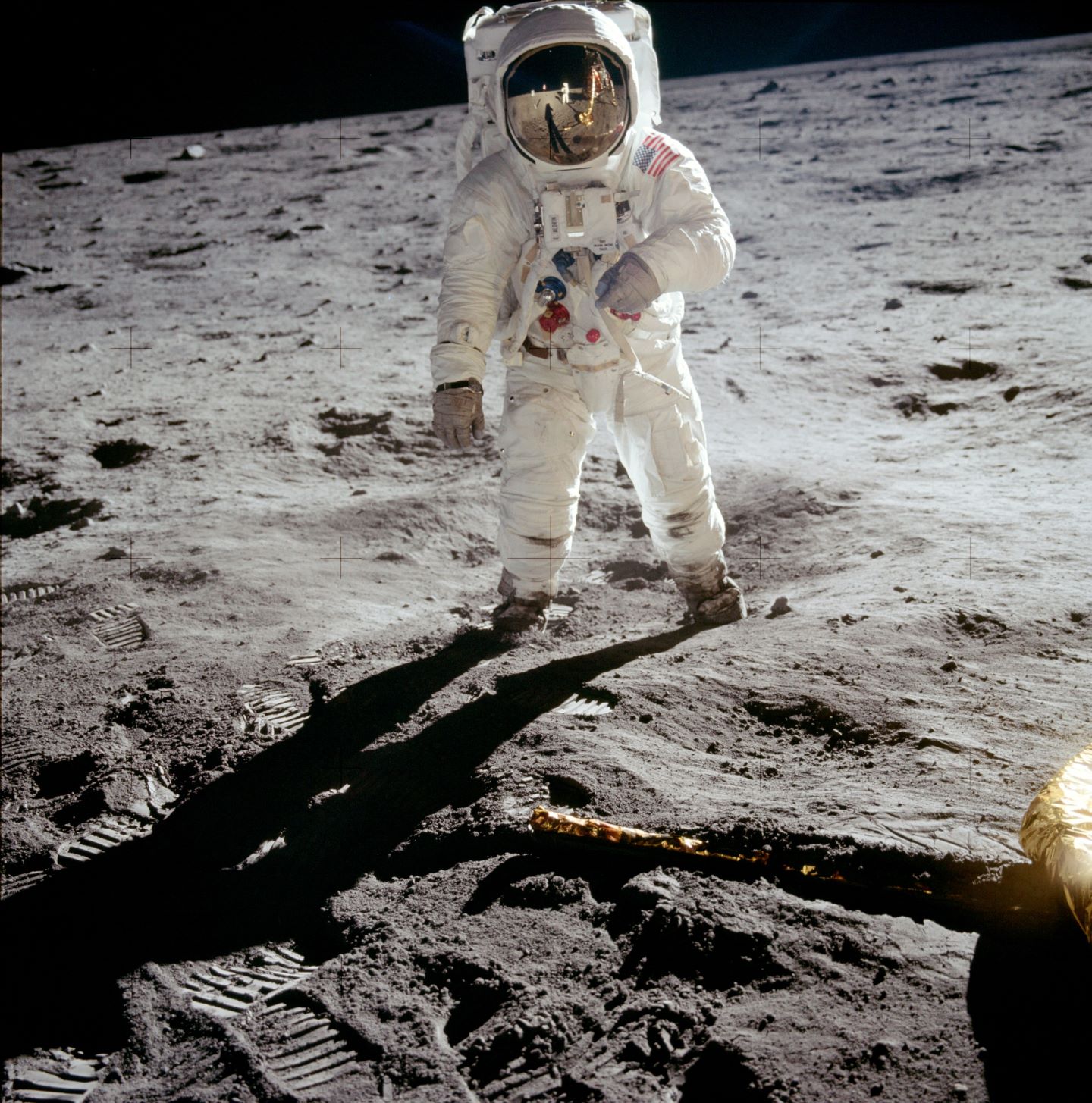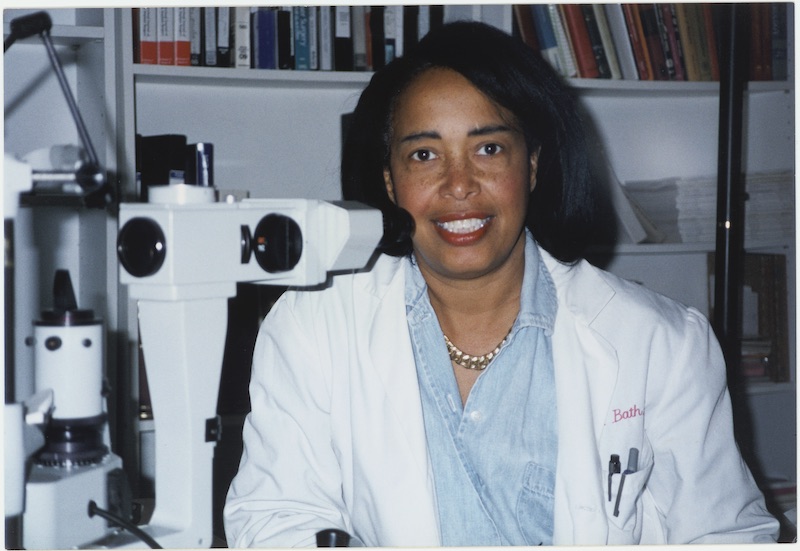Oceanic Origins
New Exhibit Spotlight: Oceanic Origins Written by Mandy Abel-Zurstadt Intern, Paulina Zamarripa, in front of their exhibit, Oceanic Origins. Oceanic Origins is a showcase of minerals inspired by the deep sea. Some of the included items are on loan to the Museum from Diane Eames or Sharleen Harvey. One of our 2025 summer interns, Paulina […]

